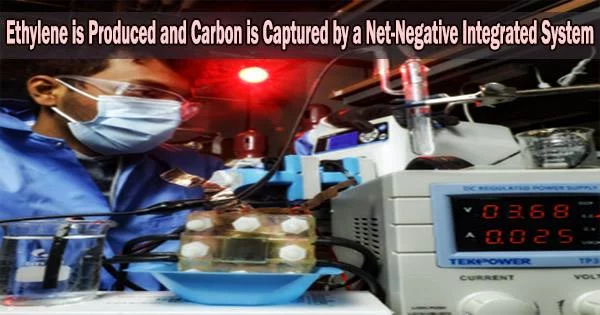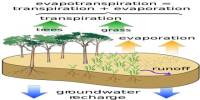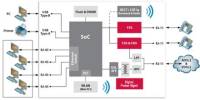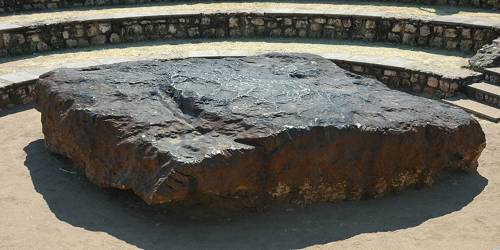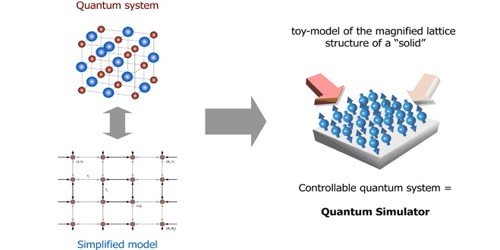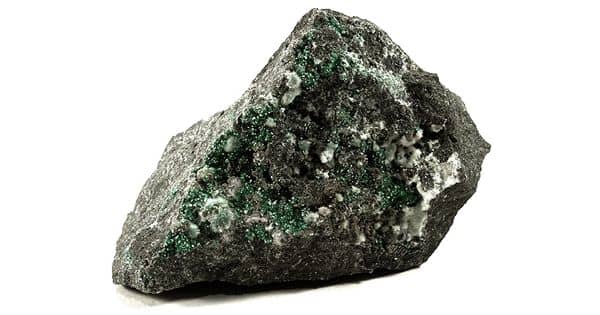Ethylene (also known as ethene) is a hydrocarbon with the chemical formula C2H4. It is a colorless, flammable gas with a sweet, floral smell. Ethylene is the most produced organic compound in the world, and it is used in a wide variety of industrial and consumer applications.
Engineers at the University of Illinois Chicago have built a machine that captures carbon from flue gas and converts it to ethylene.
For the first time, the gadget combines a carbon capture system with an ethylene conversation system. Additionally, the system is not only electricity-powered but also net-negative in terms of carbon emissions, meaning it eliminates more carbon from the atmosphere than it produces.
Ethylene is the third-highest emitter of carbon dioxide in the world among produced chemicals, behind cement and ammonia.
Ethylene is used to make chemicals that are used in items like antifreeze, medical sterilizers, and vinyl siding for homes, as well as plastics for the packaging, agricultural, and automotive industries.
The system and the results of the UIC College of Engineering scientists’ experiments are published in an Energy & Environmental Science paper titled “Fully-Integrated Electrochemical System that Captures CO2 from Flue Gas to Produce Value-Added Chemicals at Ambient Conditions.”
“This is the first demonstration of a net-negative, all-electric integrated system to capture carbon from pollutants and create a highly valuable resource,” said Meenesh Singh, UIC assistant professor in the department of chemical engineering.
“There is an urgent need to develop efficient technologies for integrated carbon capture and conversion to sustainably produce net-negative fuels. Currently, integrated carbon capture and conversion systems are highly energy-intensive and work in a discontinuous cycle of carbon dioxide capture and reduction. Efficiently integrating carbon capture with the conversion system eliminates the need for transportation and storage, and thereby increasing its energy efficiency.”
In the journey to make ethylene production green, this is a potential breakthrough. Our next step is to scale up the integrated carbon capture and conversion system to produce ethylene at higher rates a rate of 1 kilogram per day and capture carbon at a rate higher than kilograms per day.
Meenesh Singh
The integrated carbon capture and conversion system developed at UIC continuously captures carbon dioxide from flue gas to produce high-purity ethylene.
“This is an important milestone in ethylene decarbonization,” Singh said.
Singh’s lab adapted a typical artificial leaf system using affordable materials to include a water gradient with a dry side and a wet side over an electrically charged membrane in order to capture carbon from the air or flue gas.
On the dry side, a concentration of bicarbonate, or baking soda, forms on the membrane as a result of an organic solvent attaching to accessible carbon dioxide. These negatively charged ions are drawn across the membrane when bicarbonate builds up toward a positively charged electrode in a water-based solution on the wet side of the membrane. Bicarbonate is converted back into carbon dioxide by the liquid solution, allowing it to be released and used for CO2 conversion.
The system uses a modular, stackable design that allows the system to be easily scaled up and down.
Singh and his colleagues employed a second technique in which an electric current is routed through a cell to transform collected carbon dioxide into ethylene. Carbon dioxide from a carbon capture system fills half of the cell, while a water-based solution fills the other.
Charged hydrogen atoms from the water molecules are drawn by an electrified catalyst into the other side of the apparatus, which is divided from it by a membrane, where they mix with charged carbon atoms from the carbon dioxide molecules to create ethylene.
By sending the captured carbon dioxide solution to the carbon conversion system and recycling it back, the UIC researchers integrated the two systems. The continuous supply of carbon dioxide from flue gas and its conversion to ethylene is made possible by the closed-loop recycling of the solution.
The researchers used a 100-square-centimeter bipolar membrane electrodialysis unit to remove carbon dioxide from flue gas, and they hydraulically connected it to a 1-square-centimeter electrolysis cell to make ethylene in order to test their integrated system.
They were able to test the system continuously, 24 hours per day for seven days. The system was not only stable the entire time, it also captured carbon at a rate of 24 grams per day and produced ethylene at a rate of 188 milligrams per day.
“In the journey to make ethylene production green, this is a potential breakthrough,” Singh said. “Our next step is to scale up the integrated carbon capture and conversion system to produce ethylene at higher rates a rate of 1 kilogram per day and capture carbon at a rate higher than kilograms per day.”
Co-authors of the study include Aditya Prajapati and Rohan Sartape of UIC, and Miguel Galante, Jiahan Xie, Samuel Leung, Ivan Bessa, Marcio Andrad, Robert Somich, Marcio Reboucas, Gus Hutras and Nathalia Diniz of Braskem. Research to develop this technology has received support from the U.S. Department of Energy (DE-SC-0022321) and Braskem.
